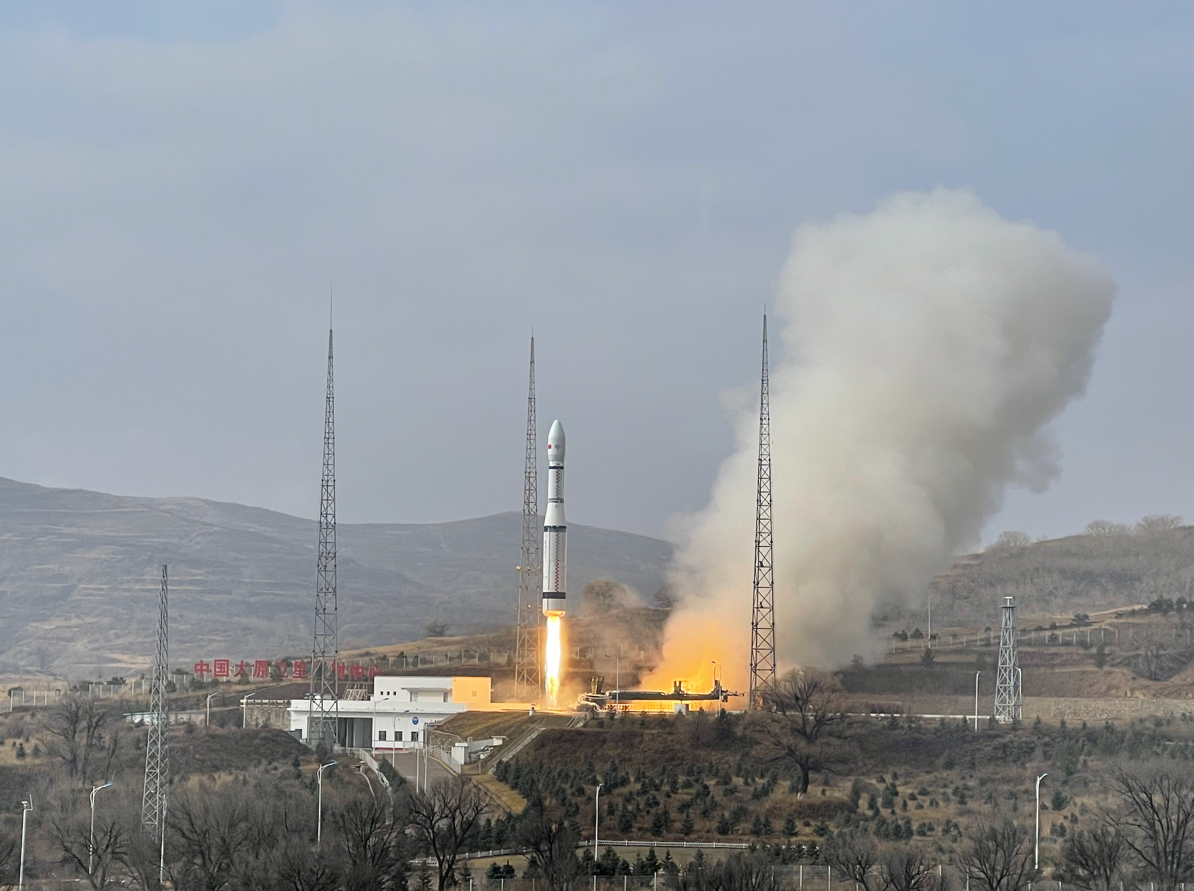
China launched the SDGSAT-1 science satellite into space from the Taiyuan Satellite Launch Center in northern China on November 5, 2021. The satellite was launched aboard the Long March-6 (CZ-6) carrier rocket and entered its planned orbit.
SDGSAT-1 is the first satellite customized for the UN 2030 Agenda for Sustainable Development, a blueprint adopted by all UN member states in 2015 with 17 SDGs and 169 targets as the core for peace and prosperity.
As the first Earth science satellite launched by the Chinese Academy of Sciences (CAS), it is developed by the International Research Center of Big Data for Sustainable Development Goals (CBAS).
Three payloads of thermal infrared, low-light level, and multi-spectral imager will allow the satellite to obtain high-quality data as well as full-time monitoring capabilities to facilitate the evaluation of SDG indicators representing the interaction between human activities and nature.
"SDGSAT-1 is expected to further improve the coverage of monitoring indicators by providing more timely data to fill and reconstruct the gaps in time series, based on which, monitoring results of SDG indicators with higher spatial and temporal resolution can be obtained," said Prof. GUO Huadong, director of CBAS, and a professor at the Aerospace Information Research Institute (AIR), CAS.

The SDGSAT-1 science satellite is launched from the Taiyuan Satellite Launch Center on November 5, 2021. (Image by ZHENG Bin/Taiyuan Satellite Launch Center)

86-10-68597521 (day)
86-10-68597289 (night)

86-10-68511095 (day)
86-10-68512458 (night)

cas_en@cas.cn

52 Sanlihe Rd., Xicheng District,
Beijing, China (100864)

